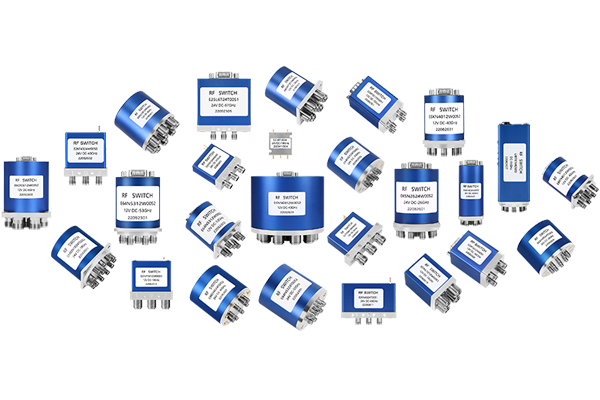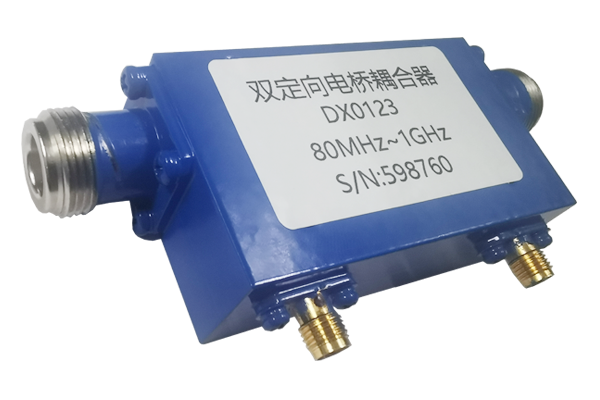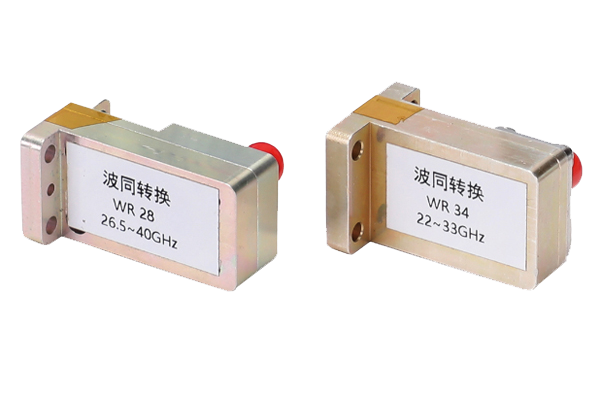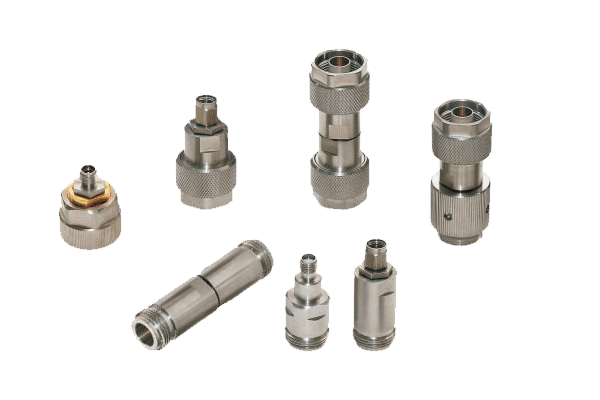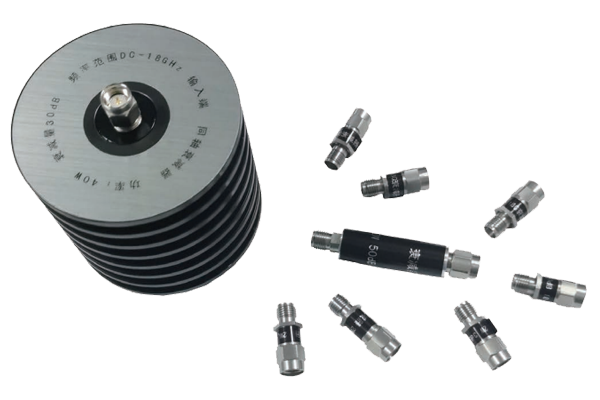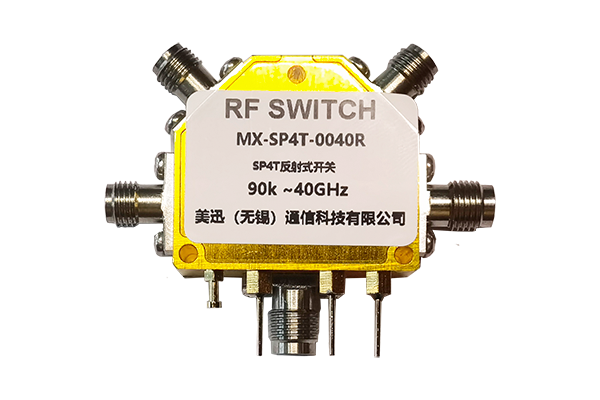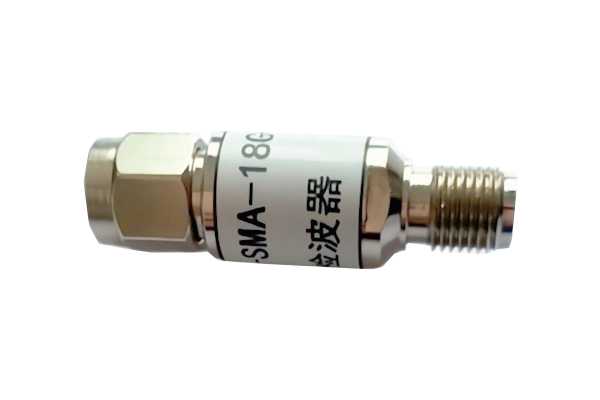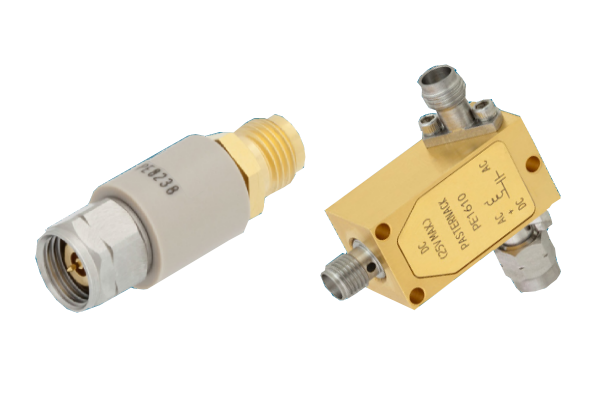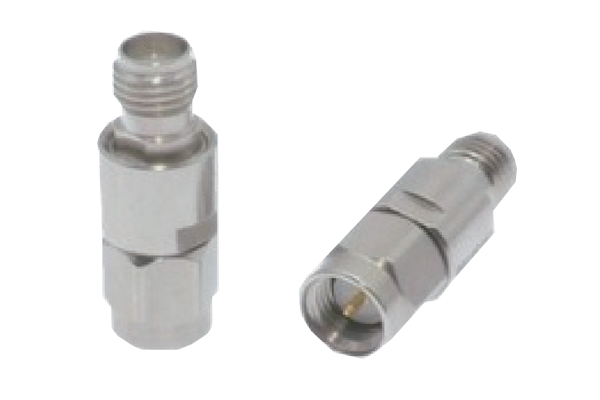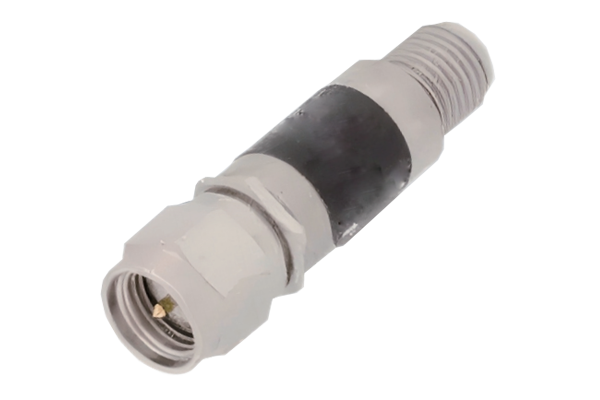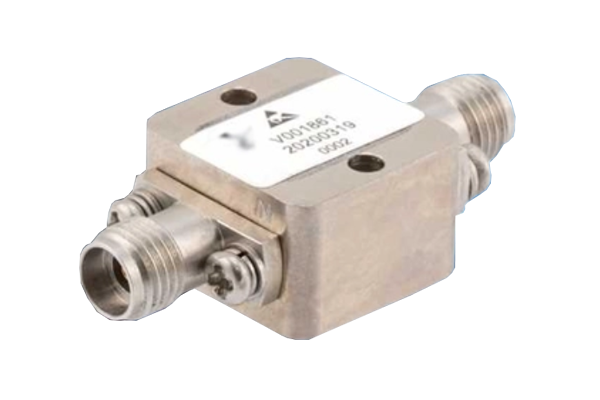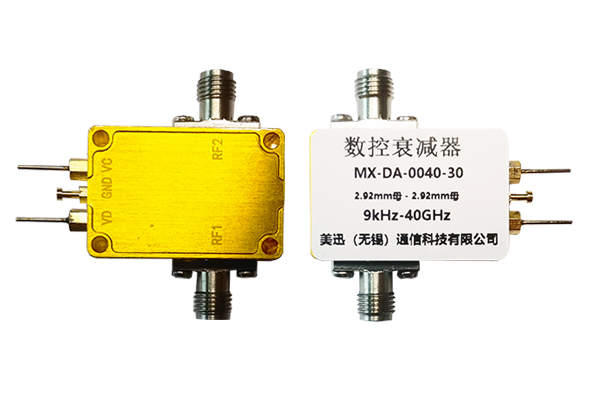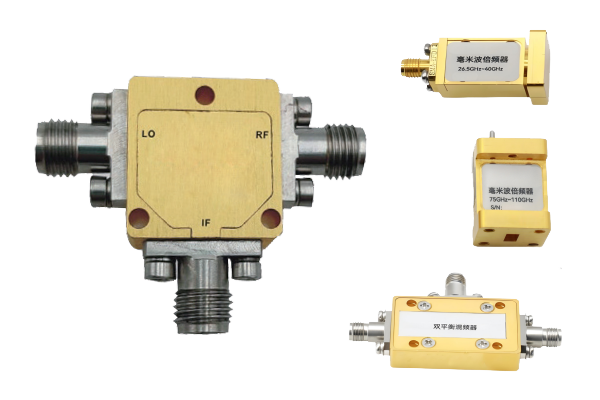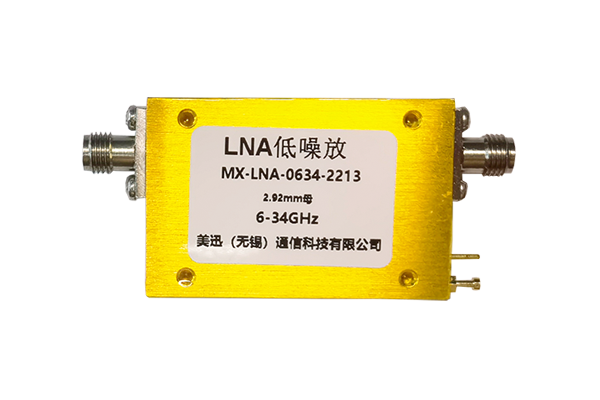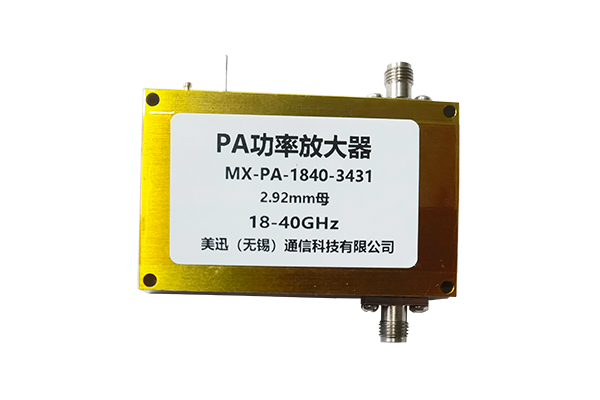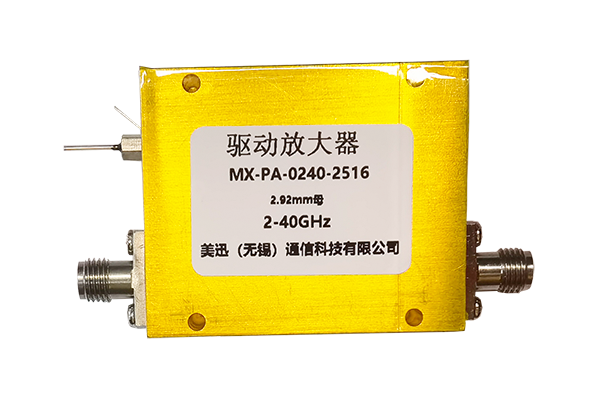How to test the reliability of coaxial switches under long - term operation
Coaxial Switch Reliability Testing Protocol
-
1. Cycling Endurance Testing
• Perform millions of toggles using automated fixtures
• Monitor insertion loss, isolation, VSWR at intervals (10k/100k cycles)
• Detect contact erosion or thermal stress effects
• Equipment: Keysight PXI switch test modules
-
2. Environmental Stress Testing
Temperature/Humidity:
• -40°C to +85°C with 95% RH (MIL-STD-810G)
• Check for dielectric expansion or connector corrosion
Vibration/Shock:
• 10–2000 Hz, 2g vibration
• 50g, 11ms shock pulses
• Verify mechanical stability and impedance consistency
-
3. Load and Power Cycling
• Operate at maximum rated power for 100+ hours
• Monitor heat dissipation and thermal drift
• For high-power: Track junction temperatures (solid-state) or contact resistance (relays)
-
4. Signal Integrity Over Time
• Long-term VNA monitoring of S-parameters (S11, S21)
• Detect return loss increases or isolation degradation
• Optional: IoT sensors for real-time anomaly detection
-
5. Accelerated Aging (HALT)
• Thermal cycling: -55°C to +125°C (10 cycles/day)
• High-frequency switching: 10k cycles/hour
• Failure analysis: Weibull distribution for MTBF prediction
• Target modes: contact arcing, semiconductor fatigue
-
6. Real-World Simulation
• Field testing in prototype systems (aerospace/industrial)
• 1000+ hour continuous operation monitoring
• Validate against transient signals and EMI exposure
All tests should include baseline measurements and document performance degradation thresholds per application requirements.



